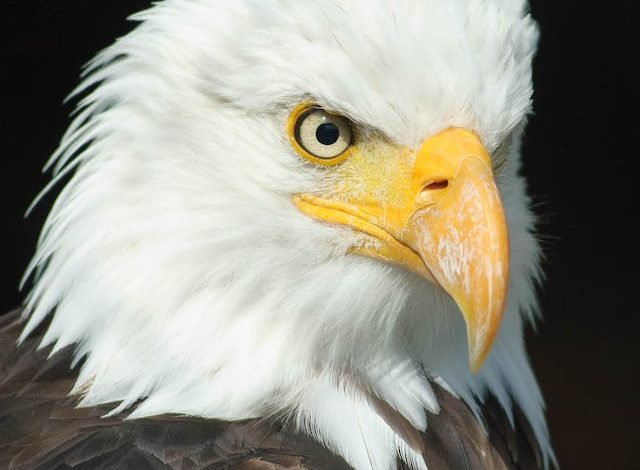
For bird enthusiasts and wildlife aficionados, the question “What are the largest eagles in the world?” often sparks interest. While all eagles are sizable, certain species stand out for their extraordinary dimensions.
Eagles, known for their power and dominance in the sky, are among the top predators in the avian world. Though not always the primary attraction for safari-goers, the sight of these large birds soaring gracefully is a truly majestic experience.
This article highlights the largest eagle species, offering insights for your next wildlife adventure.
ALSO READ: Tippi Degre: The Young White Girl Who Grew up with Wildlife in Namibia
Tippi Degre: The Young White Girl Who Grew up with Wildlife in Namibia
Exploring the World’s Largest Eagles
Discover the top 10 eagles known for their incredible size and impressive wingspans:
Philippine Eagle:
One of the world’s largest and rarest, the Philippine eagle is known for its creamy-brown plumage and blue-gray eyes. Boasting a wingspan of two meters and weighing between 3.6–8.2 kilograms, it’s considered the longest eagle in terms of body length.
Martial Eagle:
Africa’s largest eagle, the martial eagle, weighs about 6.5 kilograms and spans up to 2.6 meters. Known for its strength, it has impressive eyesight and a diet that includes a variety of animals.
Harpy Eagle:
The national bird of Panama, the harpy eagle is a formidable predator with a shorter wingspan suited for forest maneuverability. It primarily preys on sloths and monkeys.
ALSO READ: Tiger vs Lion Sizes: The ‘Big Cat Rivalry’
Steller’s Sea Eagle:
The heaviest of all, the Steller’s sea eagle weighs around 9 kg with a wingspan of about 2.5 meters. It is primarily found in coastal Asian regions.
American Bald Eagle:
The national bird of America, recognized by its white head and tail contrasting with a dark-brown body. These eagles have a wingspan of about 1.8–2.3 meters and prefer habitats near large water bodies.
Verreaux’s Eagle:
Native to Africa’s hilly and mountainous regions, this black eagle has a wingspan of 1.8–2.3 meters and primarily feeds on rock hyraxes.
White-tailed Eagle:
Europe’s largest eagle, with a wingspan of 2.4 meters and an average weight of 5 kg. It’s known for its brown plumage with pale heads and white tail feathers.
ALSO READ: 300 Entertaining and Random Animal Facts
Wedge-tailed Eagle:
Australia’s largest bird of prey, recognized by its wedge-shaped tail and dark brown body. It has a wingspan of 2.3 meters and feeds on various ground-dwelling animals.
Golden Eagle:
North America’s largest hunting bird, the golden eagle has a wingspan up to 2.2 meters. It inhabits open terrains and is known for its hunting prowess.
African Crowned Eagle:
Not the largest but certainly powerful, the African crowned eagle is known for its striking appearance and diverse diet, including monkeys and small antelopes.
ALSO READ: Top Terrifying but Pretty Lovely Poisonous African Snakes
The Largest Eagle Ever: Haast’s Eagle
The title of the largest eagle ever known goes to the Haast’s eagle, a species that once soared above New Zealand’s South Island. This formidable bird of prey, now extinct, boasted a wingspan ranging from 2 to 3 meters and weighed up to 17.8 kilograms.
Exploring the World’s Largest Eagles
With the top 10 largest eagles in the world now unveiled, you’re equipped with knowledge about the immense size of these majestic birds. Should the question “How big is an eagle?” arise, you can confidently describe the enormity of these species.
Although eagles residing in forests often have slightly shorter wings to navigate through trees during hunting, each of these species exhibits remarkable size and distinct characteristics.
While it’s intriguing to learn about these impressive birds of prey, witnessing them in their natural habitat, whether perched on branches or gracefully soaring through the sky, is an awe-inspiring experience.





